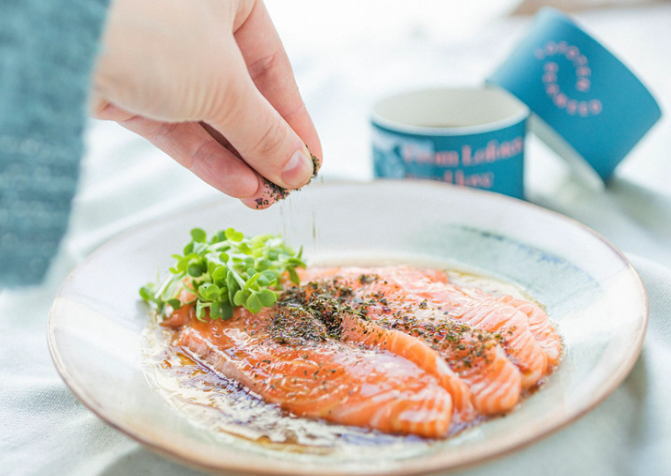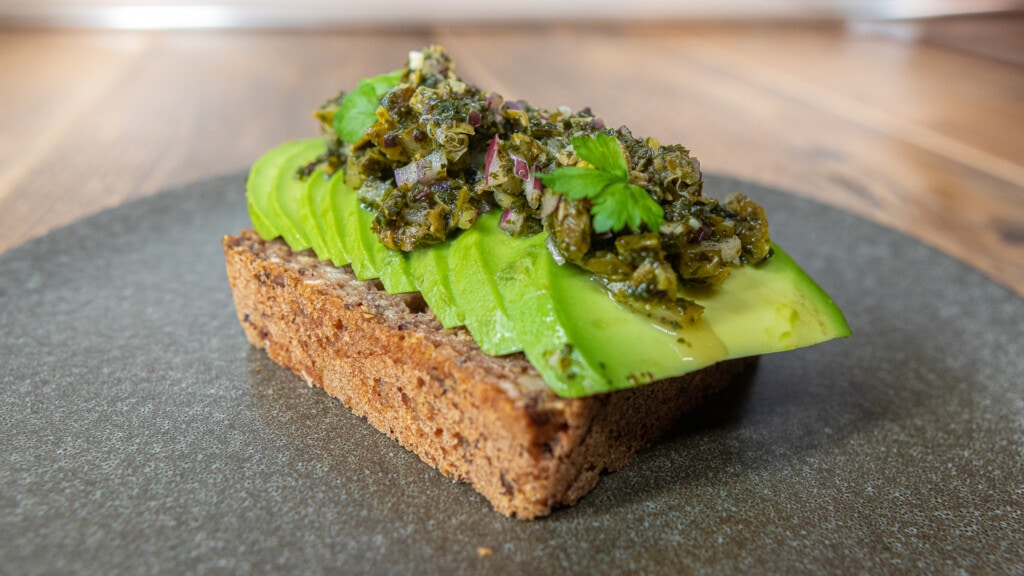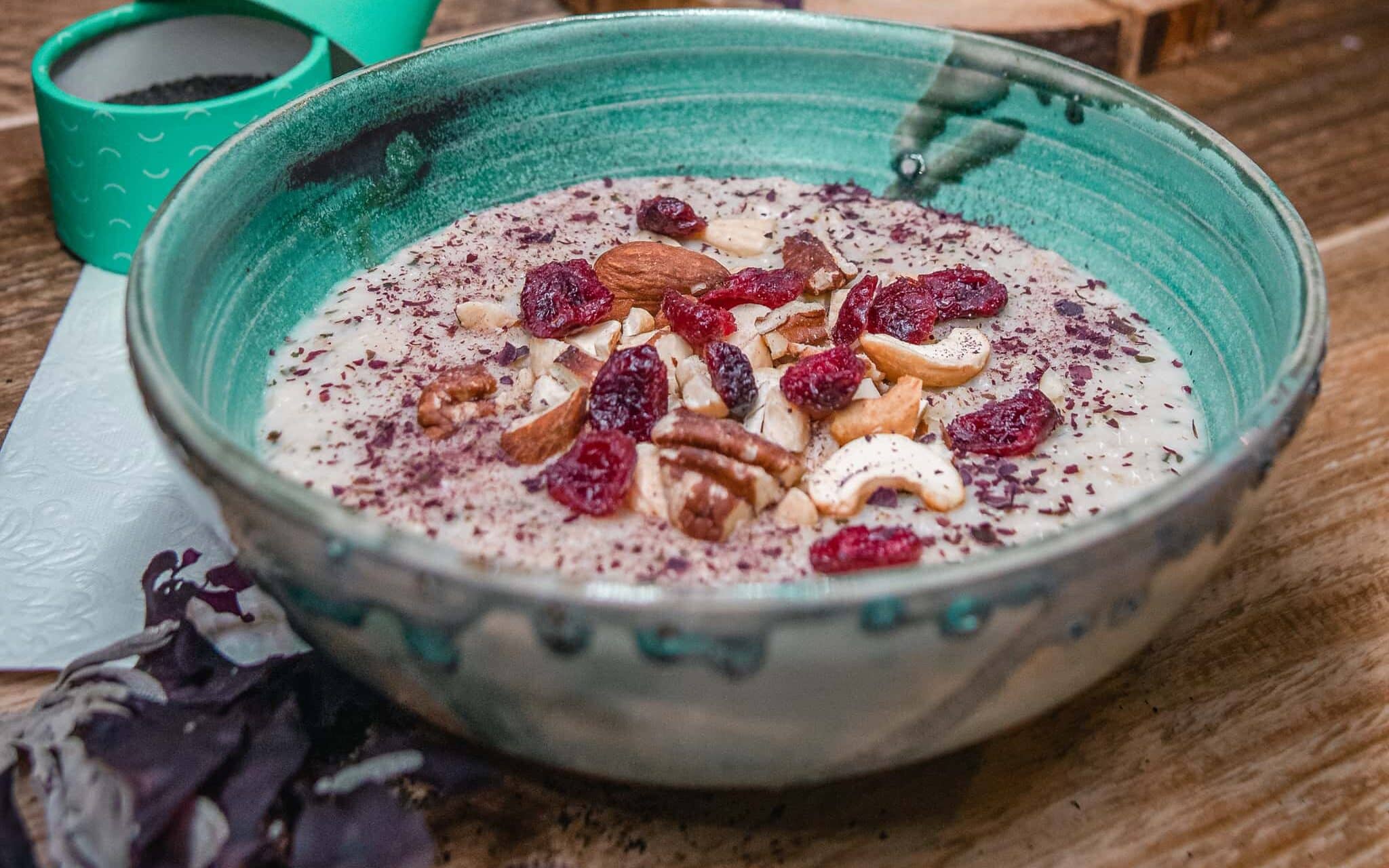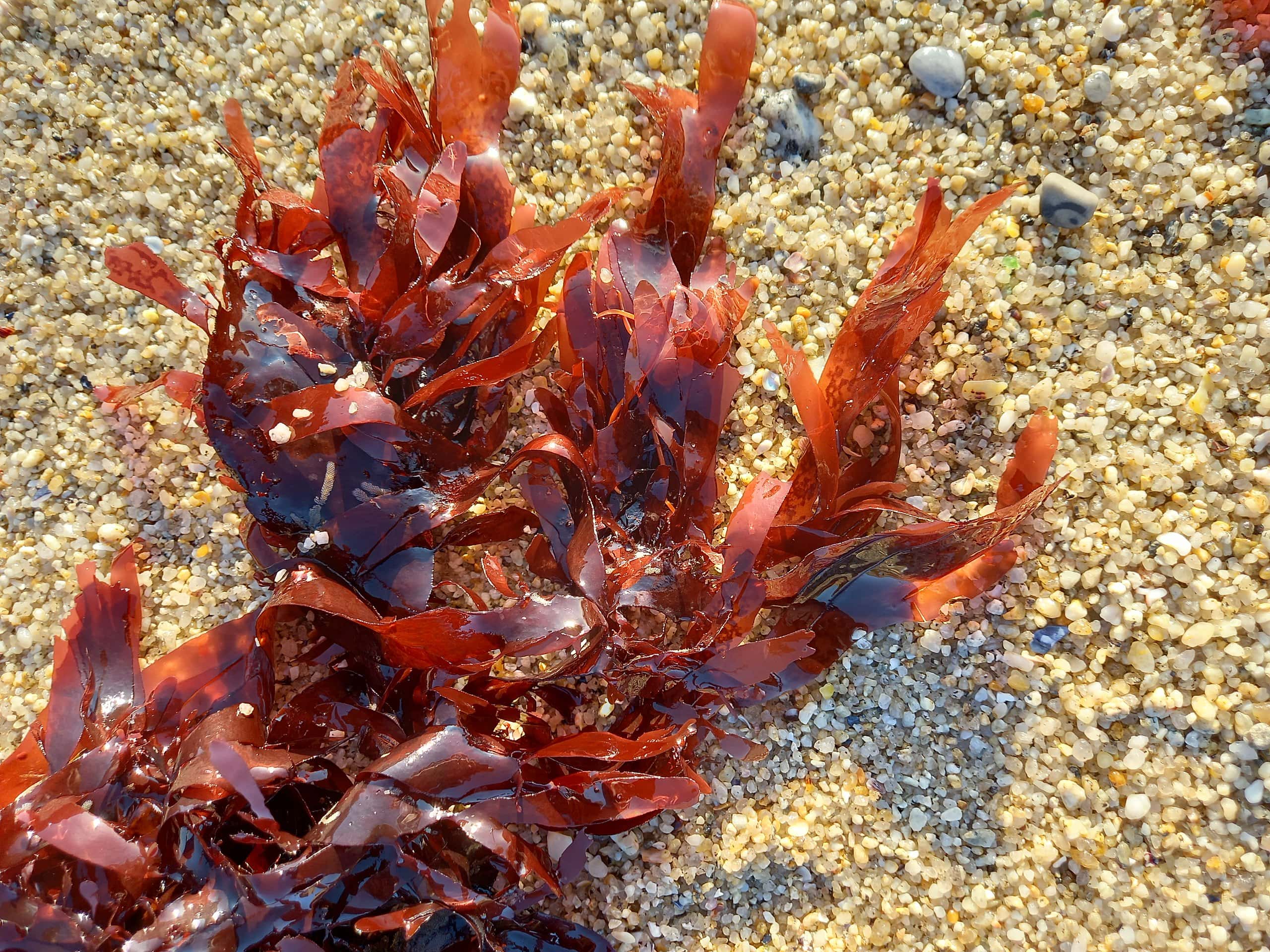
Dulse
Palmaria palmata
Other names: Dillisk, Creathnach, Søl
Dulse is a type of red algae that grows along sheltered coastlines in the Atlantic, from Northern Russia all the way down to Portugal, as well as the Atlantic coast of the USA and Canada. Its fronds are flat, smooth and leathery, changing colour from deep maroon in winter to green-yellow in summer. Individual leaves can fork into two smaller fronds at the tip, and appear translucent when fresh due to its high water content. Dulse is normally harvested between September and April. Dulse is most commonly found growing on shallowly submerged rocks, but is also known to grow on the roots of oarweed (Laminara digitata).
Dulse has been a vital food source for Atlantic coastal communities for thousands of years. Centuries ago, it was considered by the Vikings to be a great accompaniment to mead, and since then it has forged a long tradition in Atlantic coastal communities across the world. It’s even suggested that Norwegian Vikings would take dulse with them on long voyages as a snack to ward off disease:
“Norwegians… ate fresh dulse baked in bread and dried and salted dulse as a sort of snack. For the preparation of a meal, the seaweed was mixed with butter or lard and served with dried fresh or cooked potatoes and turnips. Another way of preparing dulse was to cook it with milk or put it in porridge. Finally, dulse has also been added to bread dough in order to make the flour stretch farther. The Norwegian Vikings probably brought dried seaweeds with them as provisions for their long expeditions maybe having realized [sic] that it protected the seafarers against scurvy.”
Mouritsen, J Appl Phycol (2013) 25:1777–1791
In Iceland, dulse was even used as a form of currency around the 700s, facilitating trade between coastal dwellers and inland communities. The cost of renting a farm was often expressed in terms of seaweed quantity, and the quality of seaweed was judged during the drying process – when it was rinsed and laid out to dry, a layer of sugar and amino acids would seep out and dry on the leaves of the seaweed. The more concentrated the deposits, the higher the quality of seaweed. They didn’t know it at the time, but that powdery substance they prized so highly was the naturally-occurring monosodium glutamates found in seaweed, the trigger for the umami flavour we still love to this day!


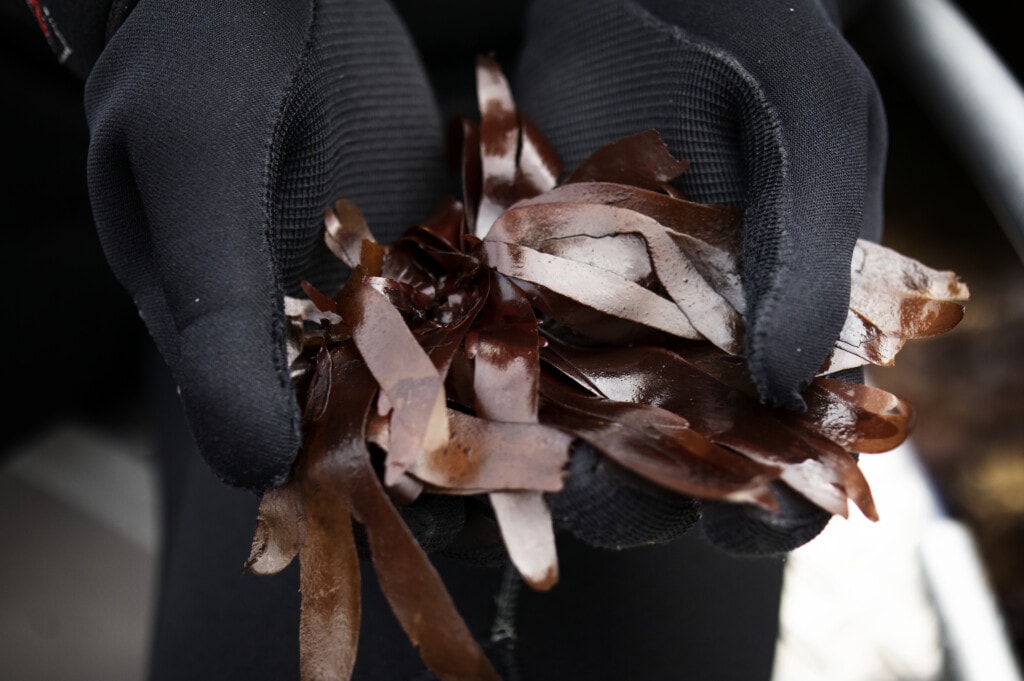
The fresh leaf has surprisingly delicate, savoury notes. When dried, there is a smoky sweetness with hints of liquorice and nuts that makes it a great snack food. It’s often referred to as ocean bacon, or vegan bacon. It is tender enough to be eaten fresh, but you can also pickle it and use it in sandwiches and salads. Oven-roasting dried dulse will result in a lovely nutty taste, whereas pan-frying it will bring out the famous smoky, bacon-like flavour. Powdered dulse infuses very well into dairy products like milk or cream, which can be incorporated into desserts like ice-creams and mousses, leading to interesting flavours similar to Japanese matcha tea.
Dulse is often used as a botanical element to infuse flavour into gin, along with sugar kelp and truffle seaweed. You can even swap the bacon in your BLT for fried dulse, and have a vegan DLT instead!
Nutritional profile:
- Vitamin A (important for vision and growth)
- Vitamin B6 (important for healthy brain activity and nervous system function)
- Vitamin B12 (necessary for blood cell and DNA formation)
- Vitamin C (aids healthy blood cells and bone development)
- Fibre (linked to a lower risk of heart disease, stroke, type 2 diabetes and bowel cancer)
- Iodine (necessary for the production of thyroid hormones)
- Potassium (necessary for proper cell hydration)
- Calcium (for healthy bones and teeth)
- Protein (for cell repair and regeneration)
- Iron (a major component of the haemoglobin that carries oxygen around the body via red blood cells)
- Fluoride (protects tooth enamel from oral bacteria)
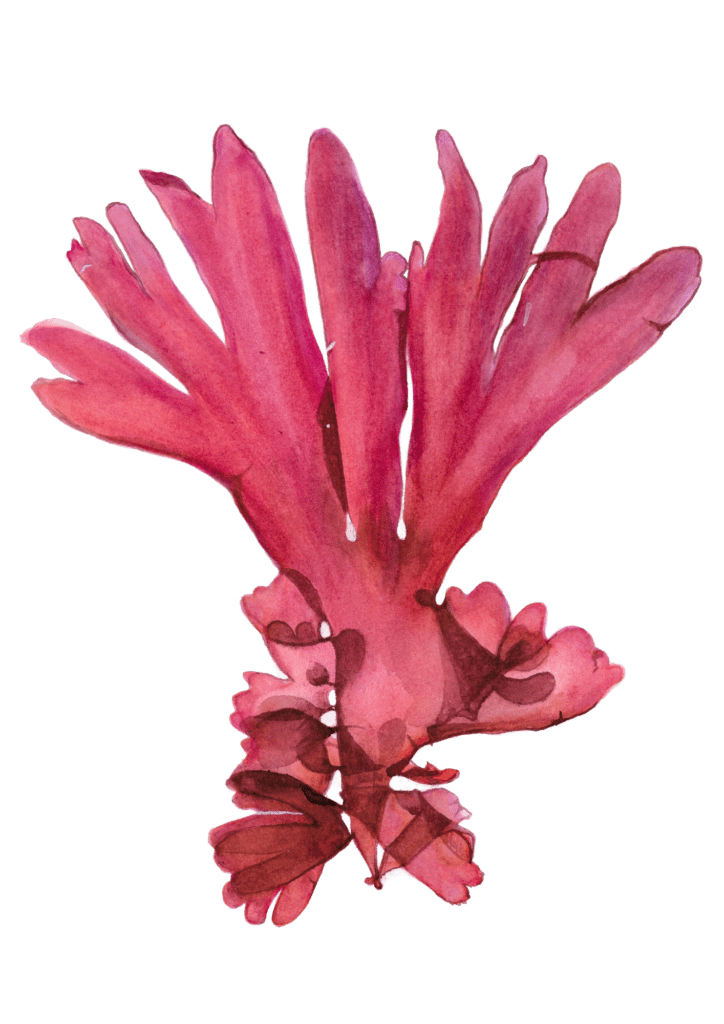
Nutritionists note that dulse is a great natural source of Vitamin B12, which is normally found in meat. Those following a vegetarian or plant-based diet could ditch the supplements and eat seaweed instead! Another bonus of using dulse as a health supplement is that it’s easy to incorporate into your diet. The whole leaf seaweed doesn’t require much cooking, and the flakes can be added to any meal for extra flavour, texture and nutrition. One of our best-selling products, Arctic Ocean Greens, is a blend of winged kelp and dulse flakes; we find that this flavour combination is the most pleasing and versatile – you can add a pinch to any dish to feel the benefits.
The exact nutritional content of seaweed depends on the season in which it was harvested, as well as its location. Seaweed is highly effective at absorbing trace minerals from its surroundings, which is why it’s important to source your edible seaweed from places where you know the water quality to be high. You can read more about where we harvest our seaweed here.
Recipes featuring dulse:
Dulse’s sweet and smoky flavour profile means it works well in both sweet and savoury dishes. Here we’ve suggested Gravlax (a Nordic favourite), seaweed tartare with winged kelp and dulse, and a lovely oatmeal recipe with fruit, nuts and dulse to get your day off to a great start. All our recipes can be modified to use whole leaf seaweed if you’re feeling adventurous, or you can add a pinch of Arctic Ocean Greens to get the same result in one simple step.
